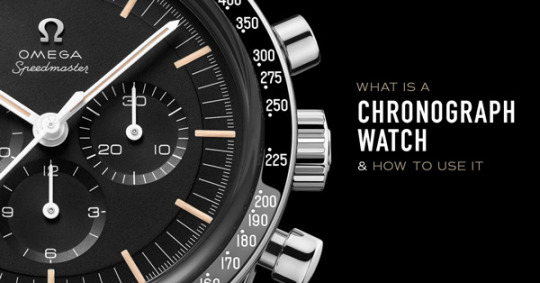


Most chronographs have three subdials, small circles on the watch that each measure their own unit of time. Once a chronograph is started, it will begin counting and measuring the amount of time that has passed since it was started. Typically, the top pusher is used to start and stop the chronograph, and the bottom pusher to reset the chronograph once stopped. The subdials on the Bulova Lunar Pilot (above): 60-minute counter (top left), seconds counter (middle), split-second counter, (top right).Ĭhronographs are activated by pressing the chronograph ‘pushers’, buttons on the watch case. How Does a Chronograph Work? The subdials vary from chronograph to chronograph. We’ll go more in-depth on the different types of chronograph movements later in this article. Inside a chronograph is the movement that powers the watch and chronograph function itself.Ĭhronograph movements can be mechanical, automatic, quartz, or solar-powered. Date display at 4:00 on a Timex Weekender Movement Some chronographs have a day and/or date complication on the dial which keeps track of the day of the week, and the date of the month. Some of the most popular chronographs like the Omega Speedmaster and Rolex Daytona have tachymeter bezels on the outside of the case, but some watches have tachymeters underneath the watch’s crystal. TachymeterĪ tachymeter is a ring that allows you to measure speeds traveled over periods of time.

The subdials are the small circles within a chronograph’s dial, each measuring its own unit of time. Some typical parts of a chronograph are: PushersĬhronograph pushers are the buttons, typically on the right side of a chronograph’s watch case, that are used to start, stop, and reset the chronograph function.

Often has a tachymeter that allows you to measure time over traveled distances Parts of a Chronograph.Typically has multiple circles, or subdials, inside the main dial, each used to keep track of a specific unit of time.Pushers used to start or stop the chronograph.Can measure time, typically up to 12 or 24 hours.Some typical features of a chronograph are: Chronograph Minute/Second Hand is Stuck & Not MovingĪ chronograph is a stopwatch complication in a watch that can be used to measure elapsed time in hours, seconds, and minutes and exists in addition to its regular timekeeping function.In other words, a chronometer is an unusually accurate and robust timepiece. To qualify as a chronometer, it has to be certified by COSC ( Contrôle Officiel Suisse des Chronomètres), which is the official Swiss institute that tests and approves wristwatches based on their precision and accuracy. It’s job is to display time more accurately and more robust than other watches. As explained in this post, chronographs can be used as a stopwatch while also serving as a normal watch that displays time (and sometimes day and date).Ī chronometer doesn’t function as a stopwatch. Please don’t!Įven though their names are similar, they are not the same thing. Chronographs and Chronometers Are Not the Same Thing!Ī common mistake is to confuse chronographs with chronometers. Not very practical, but that’s how it started. Which makes perfect sense, because the first chronographs used a small pen that created a mark whose length determined how much time had passed. Combining the two words thus creates Time Writing. Chronos means time, and Graph means writing. The word chronograph is derived from the Greek words “Chronos” and “Graph”.


 0 kommentar(er)
0 kommentar(er)
